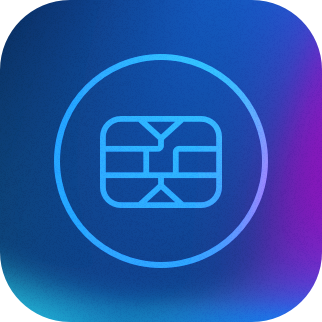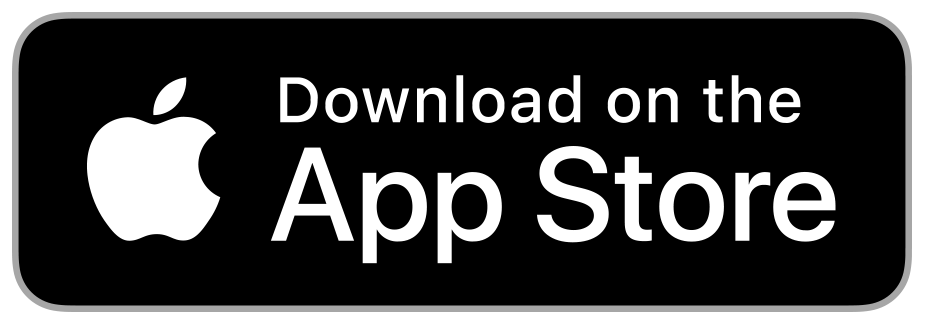Top Supported Assets
01
Dash
Send
Receive
Exchange
02
ETC
Send
Receive
Exchange
03
BTC
Send
Receive
Exchange
04
XLM
Send
Receive
Exchange
05
XRP
Send
Receive
Exchange
06
USDC
Send
Receive
Exchange

Over 32 Crypto Assets
More than a decade ago, the crypto asset was with one example; bitcoin. After all those years, the definition has changed. To understand crypto assets, you will need to differentiate them from cryptocurrencies and digital assets.
From an accounting perspective, cryptocurrency and crypto assets have the same meaning. It can take two sides; the cryptographic currency or the cryptographic asset. Whatever side you will pick, you need to know that those are not physical assets but digital ones. In crypto assets accounting, they are assets on the balance sheet.

Assets are on the opposite side of the liability on the balance sheet. They are resources owned by a business and can be tangible or intangible. The total assets need to be equal to the total liabilities and equity to have an accurate balance sheet. It is also essential to know that there are fixed assets and current assets. There are tangible assets that can be measured and are real such as inventory. Intangible assets, on the other hand, are digital, like stocks and bonds.
There are various crypto asset types in the market. They are commonly known as cryptocurrencies such as Litecoin, Ripple, Bitcoin, and Ethereum. With crypto assets, you will need to use cryptographic techniques to access digital assets. It will act as a medium of exchange for all financial transactions.



